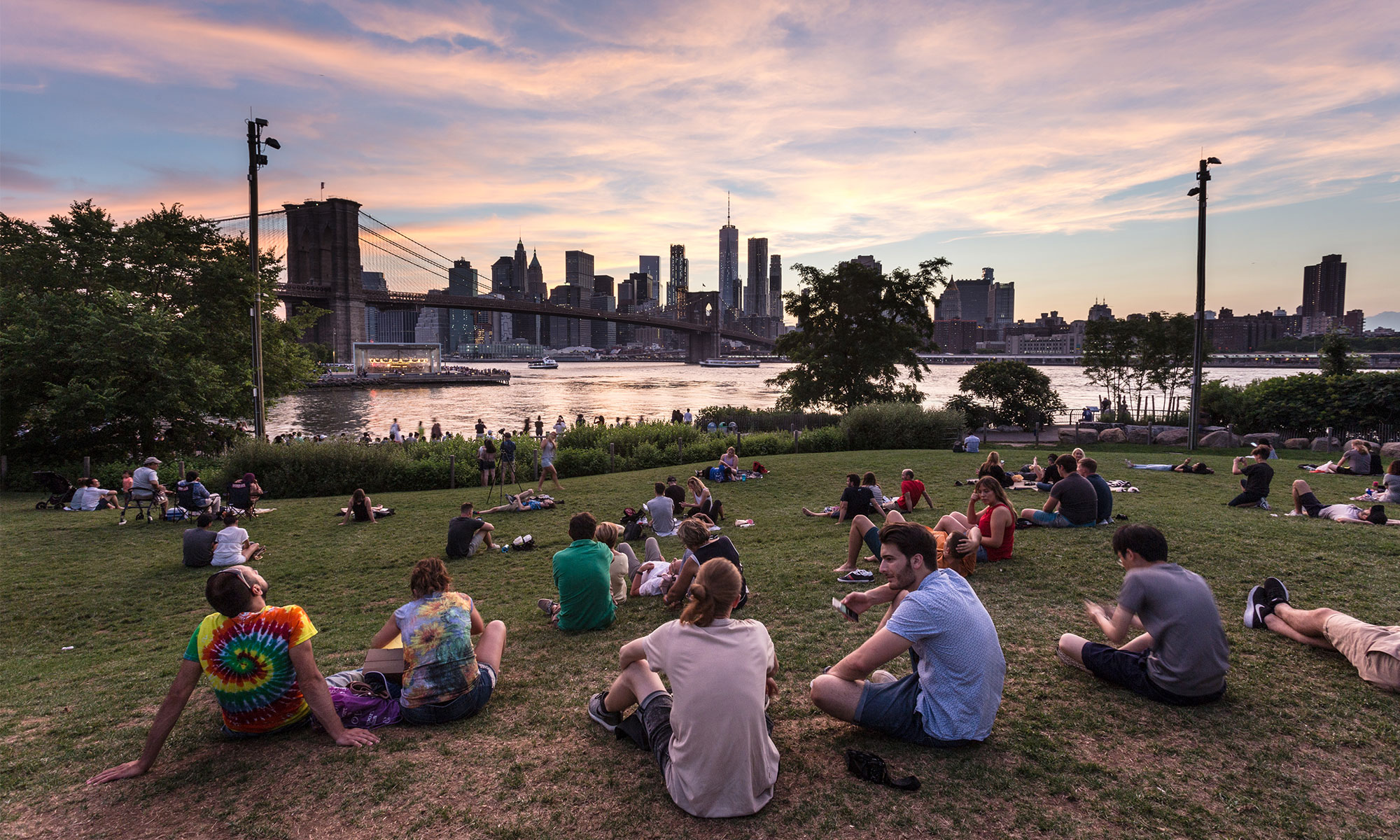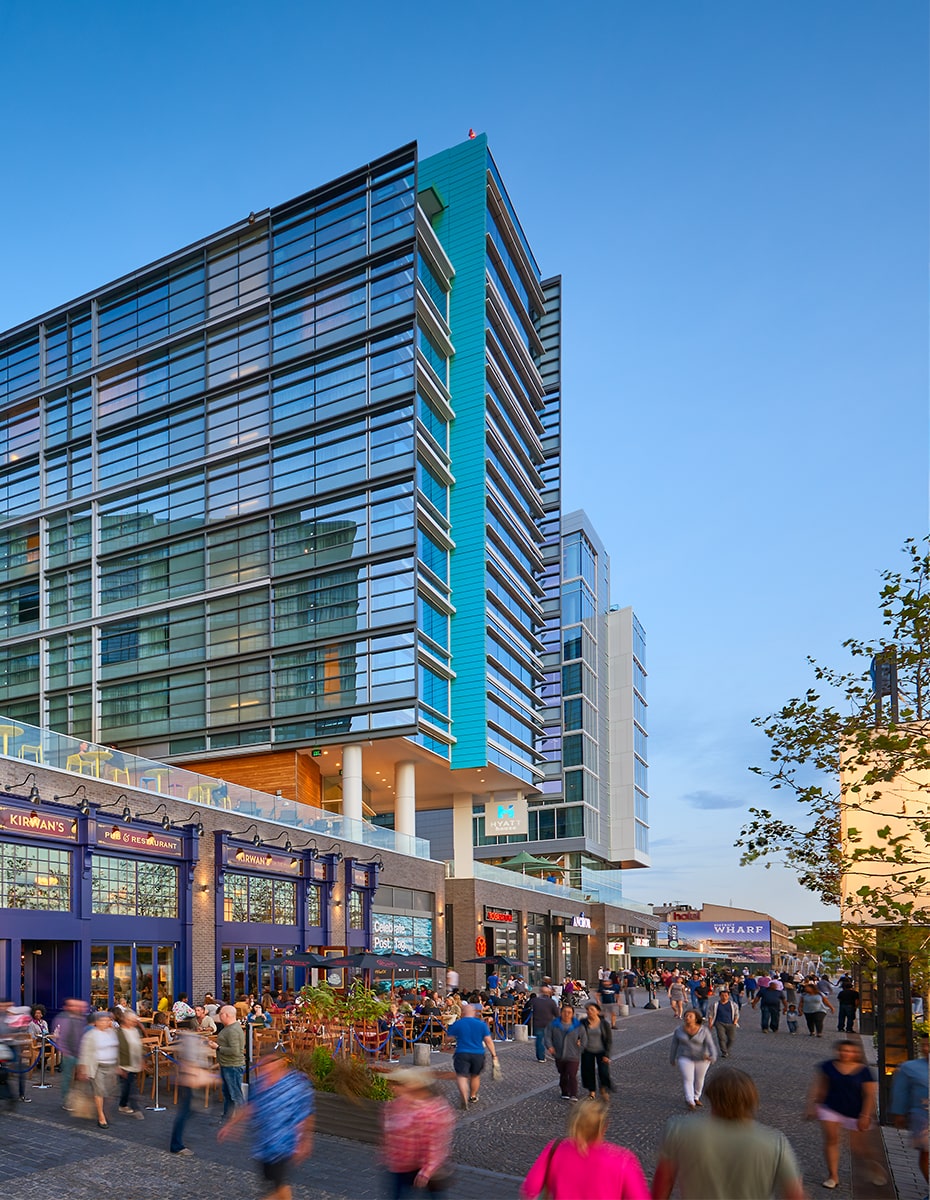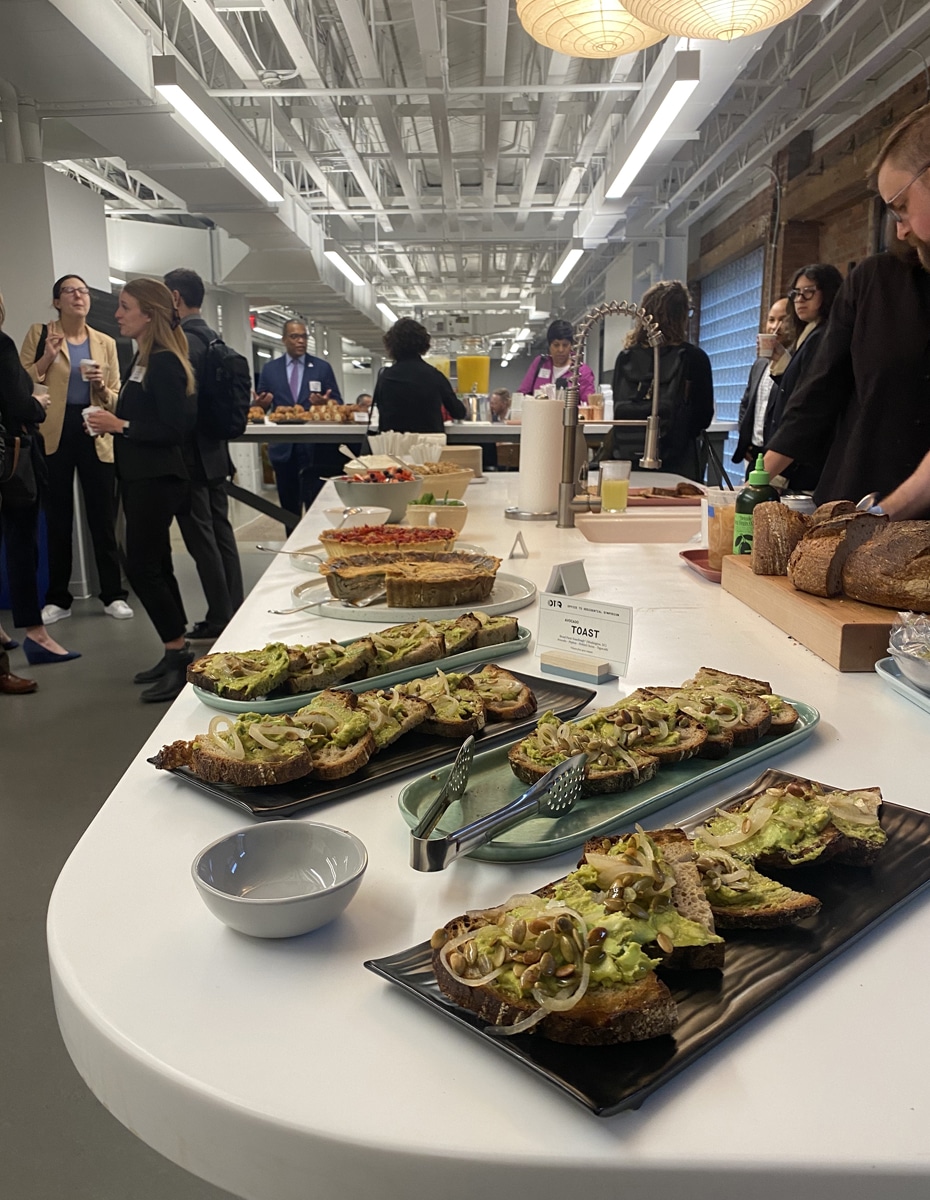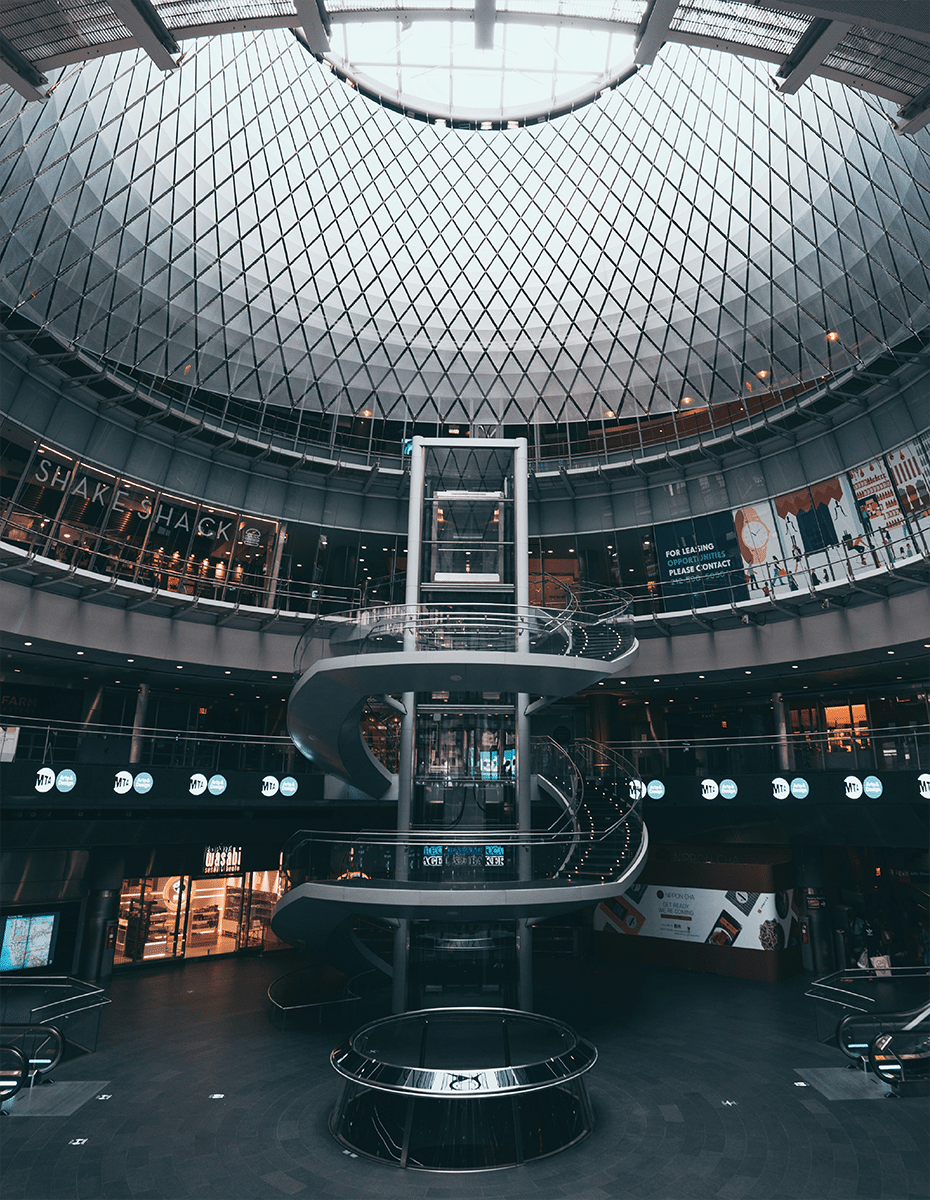Welcome to What Makes Great Places—this is the first of many conversations between Creative Strategy Intern Jake Barton and Streetsense’s top European partners. If you haven’t already, check out Jake’s personal exploration of what makes great places.
In this installment, Jake sits down with Streetsense Managing Director, Place Strategy Europe Maki Kawaguchi as she recalls and retells the stories of different spaces and experiences, explores why these memories stuck with her, and how they inform her approach to projects around the world. Read more from Maki in her recent article to learn why Great Wayfinding Is More Than A Sign.
A great place means a lot of things to a lot of different people.
To a large extent, that’s the point. A positive experience of place is a very personal moment that is extremely hard to quantify and share with others retrospectively.
Maki Kawaguchi proves otherwise, however. A licensed architect, urban designer, and strategist of the public realm, Maki is equipped as well as anyone could possibly be to undertake this mission of locating exactly what it is that makes great places.
In terms of Place Strategy, her focus helps clients really think about not just individual assets but how the whole ecosystem of a neighborhood or large-scale mixed-use development comes together. So, helping clients define their vision so that they are able to think about what the strategies are to reach that vision and the strategic/tactical implementation of this.
“I’m really interested in the public realm and the shared spaces between buildings because I believe this is where you find the soul of a city; it’s where the collective comes together in all shapes and forms.”
For Maki, this all stems from how the ground plane is stitched together, whether that’s through the design and activation of the public spaces, scale and articulation of the ground level to the human, the retail tenancy, or the storytelling of the place. In a nutshell, it’s taking a holistic and broad approach to a larger-scale development.
“I am an architect and care about design but am less interested in the individual buildings per se. For me, the magic happens when all of the pieces are thought through together with a clear and strong vision, creating a cohesive whole.”
Q: Do you have a story about a place/space that particularly resonated with you?
A: There are many places that resonate with me and bring great memories so it’s hard to name a specific place. I do think though that the common thread through these places is that they stimulate my senses pleasantly, whether it’s through smell, sound, sight, and those places create sensory experiences and elicit delightful emotions which are then stored in my memory bank.
This has to do with how we as humans inhabit and perceive the world with our 5 senses and how important it is to design with this in mind.
For example, you might remember a place for its beautiful aroma of lilacs or the vibrant energy created by the people. Your mind and body process these feel-good moments; on the other hand, when a place has a negative stimulus, it creates a negative experience which is stored in your “negative place” bank.

I would add that places with a strong sense of community and social coexistence also resonate with me, as I’ve always been interested in understanding the collective space and why people gather where they gather. Those are the places that I’m curious about.
Q: What about somewhere where you can simply linger—one of those stasis points where time for you seems to stop whilst the world moves around you?
A: There’s a particular spot in Brooklyn Bridge Park that I love and it’s a place where I can people-watch. I don’t need to be involved in any specific activity, I can simply watch the world go by. It’s a comfortable space with places to sit, good shade, native landscape with a variety of species. I lived next to Brooklyn Bridge Park so I’m biased, but it’s a phenomenal space and I find it to be one of the most inclusive parks I’ve ever seen—it is inviting for all socioeconomic classes, races, and age groups—it offers so many different activities and is visited by people from all over Brooklyn and beyond. It is so diverse and represents what is New York; it makes me wonder about the people who visit and what brings them to this particular park.

Q: Do you think that there’s an element of not wanting to have something too good to be true or wanting it to be lived in and real as opposed to something too well kept?
A: I love curated places but I also love gritty places that have layers of history—a patina versus a place that’s freshly minted. There’s something intriguing about seeking to understand and uncover the story of a place and reposition it while respecting its past. I think it comes from this notion that we as humans have a craving and the need to connect, whether it’s connecting to people, connecting to places, or connecting to objects. Especially in this world that we live in today where there is an increased amount of loneliness and social isolation, people seek and gravitate to something they can grasp onto. This idea of connection is so critical, and we seek it wherever we can.
Q: It’s often passive in the way one takes these experiences onboard but is there anything conscious that you take from these experiences that you try and bring to projects at Streetsense?
A: I’m definitely intentional in how I design and think about places, and am constantly thinking of how to design places for human flourishing. I want to create places where people have the ability to live a good life no matter where they are born, live, or work, and where their everyday needs are met. These are places that promote coexistence and a sense of belonging. I truly believe that places that are successful in the long term are places where there is a strong sense of community; places that connect people to people, and people to place.
I’m focused on the human experience of place rather than focusing purely on creating pretty designs for the sake of design. In fact, it’s about creating emotional experiences and how you include that condition which can manifest in very tangible and tactical ways.
Q: I just wanted to make sure I ask the final question before we go: what place are you most excited to visit in Madrid?
A: There’s one particular square that is dear to me; it’s called Plaza de las Comendadoras. It’s a neighborhood plaza surrounded by a church, a kindergarten, hip restaurants, and residential buildings. It’s tucked away in a historical neighborhood but it’s where the neighborhood comes together and you see the ebb and flow of how that space comes alive throughout the course of the day. In the morning you see the elderly people hanging out and chatting in the square, in the afternoon the kids flood the plaza as they come out of school, and in the evenings the plaza comes alive as people come out to grab a glass of wine. There’s a layered usage of that space by different people and age groups throughout the course of the day. I love places like that which invite different users and uses.
Q: How does this influence your thinking on what services Streetsense can provide to European clients?
A: As managing director of Place Strategy Europe, I’m focused on improving the built environment and enhancing the value of real estate assets for our clients. Our approach to this is through putting people at the center of real estate and creating dynamic mixed-use places that are celebrated and deliver value in experience, community, and economic terms. Real estate has traditionally been focused primarily on economics and financial ROIs. While this remains important, by taking a holistic approach to creating places that provide memorable experiences and bring the community together, we can add greater value to real estate assets.
At Streetsense we don’t focus just on designing spaces, we tap into our collective to curate unique places. This means we help our clients with creative storytelling, strong brand and place identity, public realm activations, and retail and amenity strategies to name a few. All of these elements need to be knit together and offer a seamless experience to the customer journey.
In Europe in particular, there’s a great opportunity to bring fresh thinking to mixed-use developments, where we can help our clients with shaping strong place visions and create experiential ecosystems that work together across space and through time.
BACK TO LATEST







